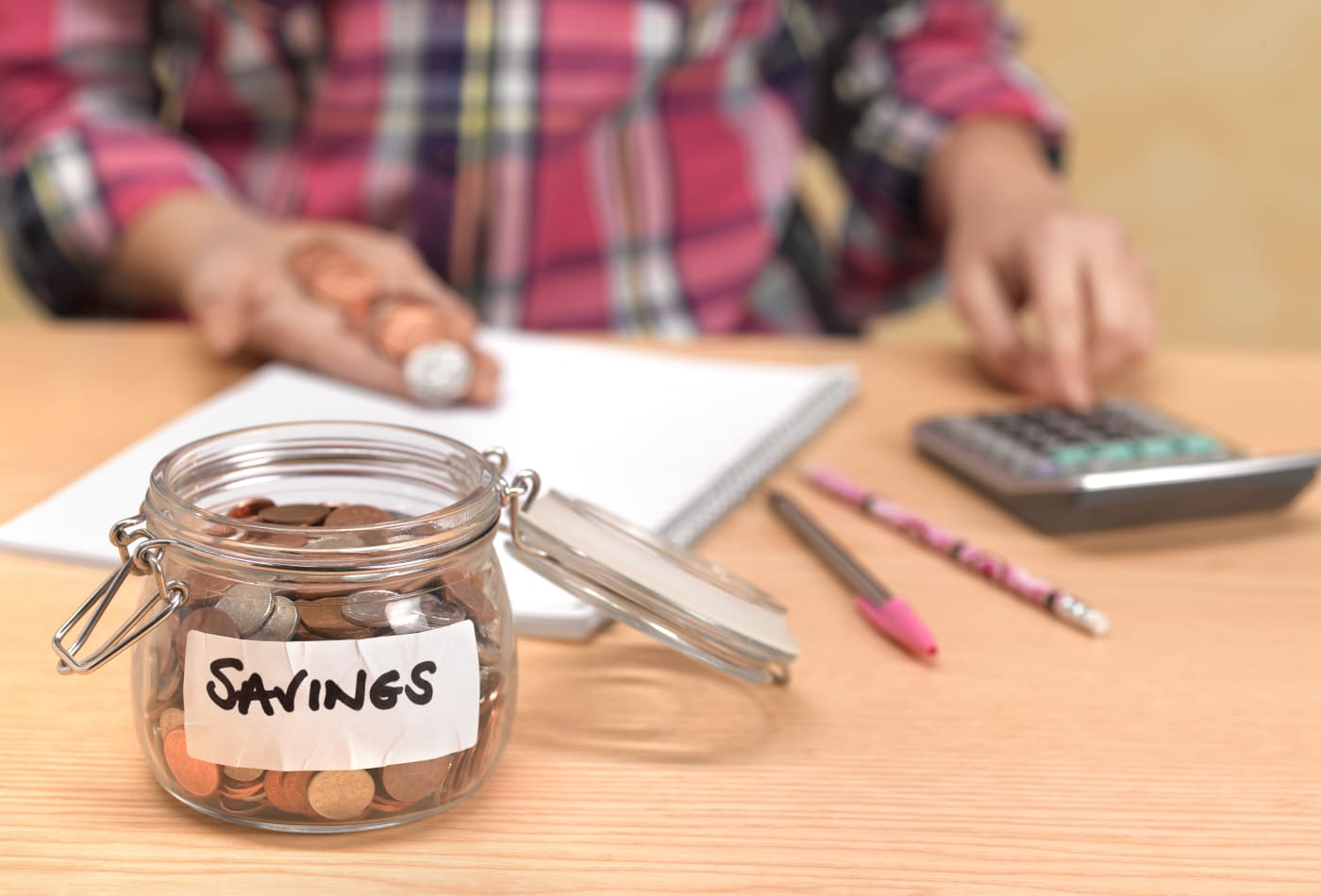
If you’ve been eyeballing savings accounts, you may have noticed there’s a wide range of interest rates out there. If you’re looking to grow your hard-earned money as quickly as possible, zero in on a high-yield savings account, which offers significantly higher interest rates.
Moving on from a traditional savings account may give you pause, but high-yield savings accounts are fairly low-risk and you’ll earn more on interest. Here’s what you need to know.
Should I open a high-yield savings account?
If you’re looking to earn more interest on your money and don’t plan on withdrawing it right away, then you should consider switching to a high-yield savings account.
As the name implies, a high-yield savings account is a savings account with a significantly higher interest rate than a standard savings account — with some high-yield accounts offering rates up to 20 to 25 times the national average, which the FDIC currently puts at a meager 0.05%.
How much interest will I get on $1,000 a year in a savings account?
Let’s say, you deposit $1,000 into a high-yield savings account with a 1.20% annual percentage yield (APY is much how much interest you earn in one year if you don’t add additional money or withdraw funds). If you don’t make any additional contributions, you’d earn $12 in interest at the end of 12 months. Having those same funds in a traditional savings account with an APY of 0.05% would yield a return of just 50 cents after a year.
If you’re looking to save even more cash, then opening up a high-yield savings account is a good bet. Let high-yield savings accounts do the work for you.
How to find the best high-yield savings accounts
Taking the following steps will help you find the best high-yield savings account for you.
- Compare high-yield savings rates
- Maximize your savings
Compare high-yield savings rates
Rates can vary widely from one high-yield savings account provider to another, so take time to compare your options. Look for an account with few to no administrative fees and FDIC insurance, which will guarantee that your money is fully insured (up to $250,000) in the event the bank fails.
Customer experience is also an important factor, so read online reviews for feedback from customers, and check out bank ratings on the Better Business Bureau (BBB).
Maximize your savings
Recommendations for how much you should be saving every month may vary, but one popular rule of thumb is to follow the 50/30/20 budget rule, where you divide your after-tax income into three categories: 50% to needs, 30% to wants, and 20% to savings and debt.
To consistently hit your savings goal, consider setting up a direct deposit with your employer so that a portion of your paycheck always goes straight into your savings account.
Let your high-yield savings account do the heavy lifting when it comes to earning interest on your hard-earned money. Open a high-yield savings account today to start collecting cash.
Consider this before opening a high-yield savings account
You won’t get rich stashing your money in a high-yield savings account, but this relatively low-risk savings vehicle can help you earn a little extra cash to use toward debt, funding a vacation, or saving for an emergency.
Also, if your preference is online banking, then a high-yield savings bank account is the one for you. Many financial institutions that offer high-yield savings accounts are online-only. When you bank online, you can often get lower rates because there are no overhead fees (which brick-and-mortar banks usually have).
There are a few drawbacks to consider before applying for a high-yield savings account. First and foremost, your bank can change the account’s interest rate at any time. (The same applies to a standard savings account). Rate increases or decreases are often tied to when the Federal Reserve makes changes to the federal funds rate.
Also, many high-yield savings accounts allow you to make only a limited number of withdrawals (sometimes one withdrawal per month) before you’re hit with a fee; many require you to maintain a minimum balance in the account to avoid monthly maintenance fees, and some require a large initial deposit. (It’s not uncommon to see minimum deposits as high as $10,000).
Still, all things considered, you’re a lot better off parking your money in a high-yield savings account than in a standard checking account — or stuffed under a mattress.
Other ways to get money
In an ideal world, we’d all be accumulating savings but, unfortunately, that’s not the reality we’re in, especially amid our current economic crisis. (As of August 2020, 13.6 million American workers were unemployed, according to the Bureau of Labor Statistics).
If you’re having trouble making ends meet, getting a personal loan can help you weather the storm. To compare personal loan quotes from multiple lenders, with rates starting as low as 4.99% and loans ranging from $1,000 to $100,000, visit Credible today.











